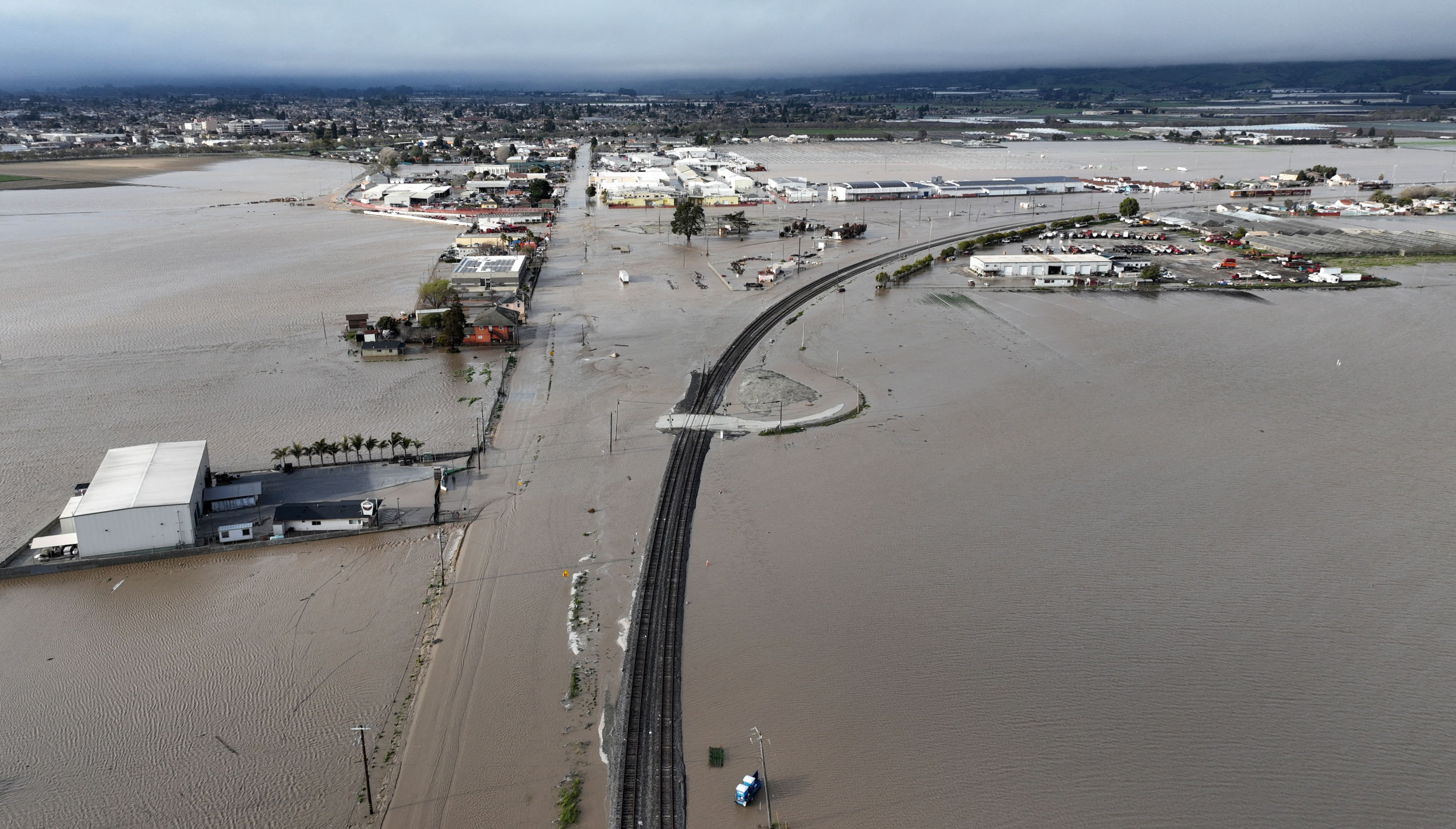California winter weather forecasts are causing concern for one Sacramento County city as officials fear a sewage spillover repeat.
Californians faced an onslaught of wet weather last winter when more than 12 atmospheric rivers dumped excessive rain on the state. The heavy precipitation erased much of the state’s drought and proved beneficial to the state’s wildfire threat, but it had some concerning impacts on wastewater treatment plants in Isleton, California, a small city in north-central California.
In March 2023, heavy rain overflowed the city’s wastewater ponds, causing 2 to 3 million gallons of wastewater to spill into the Mokelumne, San Joaquin and Sacramento rivers, WLWT reported at the time. The city’s pipes were damaged during the January storms, and heavy rainfall contributed to the overflow.
The waste had already gone through its first treatment, in which solids were removed, meaning it wasn’t raw sewage that flowed into the waterways.
“We do primary treatment; it’s not raw sewage going out there. But it’s still technically sewage water,” city manager Chuck Bergson said at the time.
The spillover had low impact on the waterways given that floods diluted the wastewater, but now Bergson is worried the city could see a repeat this winter.
“If the rains come, we could be back to the same situation we were in March,” Bergson said according to a CBS News report.
Bergson has repeatedly requested funds from the state to fix the treatment plant. A replacement plant is planned to begin construction in 2025, but a temporary solution is needed before then.
Newsweek reached out to Bergson by email for comment.
California Winter Weather Forecast
Winter weather forecasts anticipate that California will experience another wet winter, given that El Niño has arrived.
El Niño is one of two climate patterns that greatly impact Earth’s weather. La Niña recently culminated in the spring, ending a multiyear period in which the pattern influenced the weather. El Niño started in June, and the National Oceanic and Atmospheric Administration’s (NOAA) most recent update has identified El Niño as having high odds of being historically strong.
That means parts of California could receive more rain, as El Niño generally leads to wetter conditions for parts of the state and the southern U.S. La Niña typically results in lower precipitation for California during the winter months, although that wasn’t the case last year.
More wet weather could aid California’s lakes and reservoirs after they suffered serious depletion during the multi-year drought, but excessive precipitation has its downfalls as well, especially given that the wastewater ponds are fuller than normal for this time of year, according to the CBS News report.
“Last year, we just got too much, and this year, we are in the same situation,” Bergson said of the rain.

